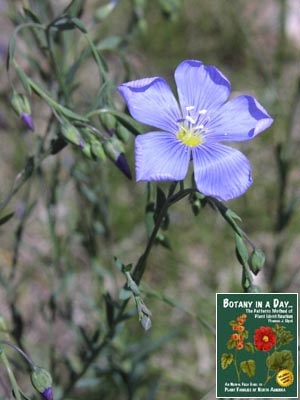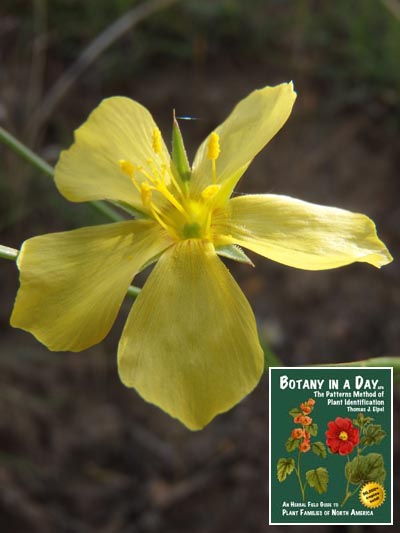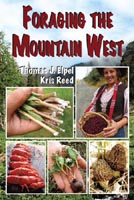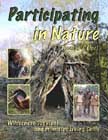| Thomas J. Elpel's Web World Portal 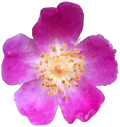 Wildflowers & Weeds 
|  Wildflowers-and-Weeds.com Plant Identification, Edible Plants, Weed Ecology, Mushrooms, and more. Home | Plant Identification | Plant Families Gallery | Edible Plants | Mushrooms | Links Desertification & Weed Ecology | Weed Profiles | E-Mail | Search this Site |
|
Linaceae Flax plants wake up with a cheer every morning. In spite of their wispy little stems and small leaves that may nearly disappear in dry weather, flax plants open up a whole bouquet of fresh flowers each day with the rising sun. The plants often droop under the weight of their own exuberance, and all the petals fall off by noon-but just wait until tomorrow, and they will do it all again. Key Words: Flower parts in fives. Seed capsules like the sections of an orange. Please e-mail Thomas J. Elpel to report mistakes or to inquire about purchasing high resolution photos of these plants.
There are more
Return to the Plant Families Index |
|
Looking for life-changing resources? Check out these books by Thomas J. Elpel:
|
|
|

